This article is based on a presentation given by Mina Kirollos at the Product Marketing Summit in Sydney. Catch up on this presentation, and others, using our OnDemand service. For more exclusive content, visit your membership dashboard.
Let’s start with a story.
A couple of years ago, I started dating someone new. We had tons of things in common, including our love of food. She often talked about how her mom was an awesome cook and she couldn’t wait for me to try her food.
After a few months together, things were going well, and I met her family – nice people. We were having dinner and the food came out. I took one bite, and my date asked, “So, how's the food? Do you like it?”
I didn’t know what to say. It was horrendous.
This incredibly awkward experience brought home to me just how uncomfortable giving honest feedback can make people – on both sides.
That’s as true in the realm of product marketing as it is at the dinner table. We all know feedback is important, but it can be confronting, so we don't always act on it in the way we should. Today, we’ll talk about how to embrace feedback and use it to its full potential.
Feedback is part of our daily lives – and it's a two-way street. We give and receive feedback through words, body language, facial expressions, and more. We learn to interact through feedback from birth, and not just verbal feedback. It’s everywhere – in our personal and professional lives.
The sheer volume of feedback that product marketers receive can be overwhelming. You've got solicited, unsolicited, constructive, destructive, firsthand, secondhand, and thirdhand feedback.
And then there’s indirect feedback in the form of market behavior data, sales numbers, and more. If you don’t know how to process it, you’ll get overwhelmed fast.
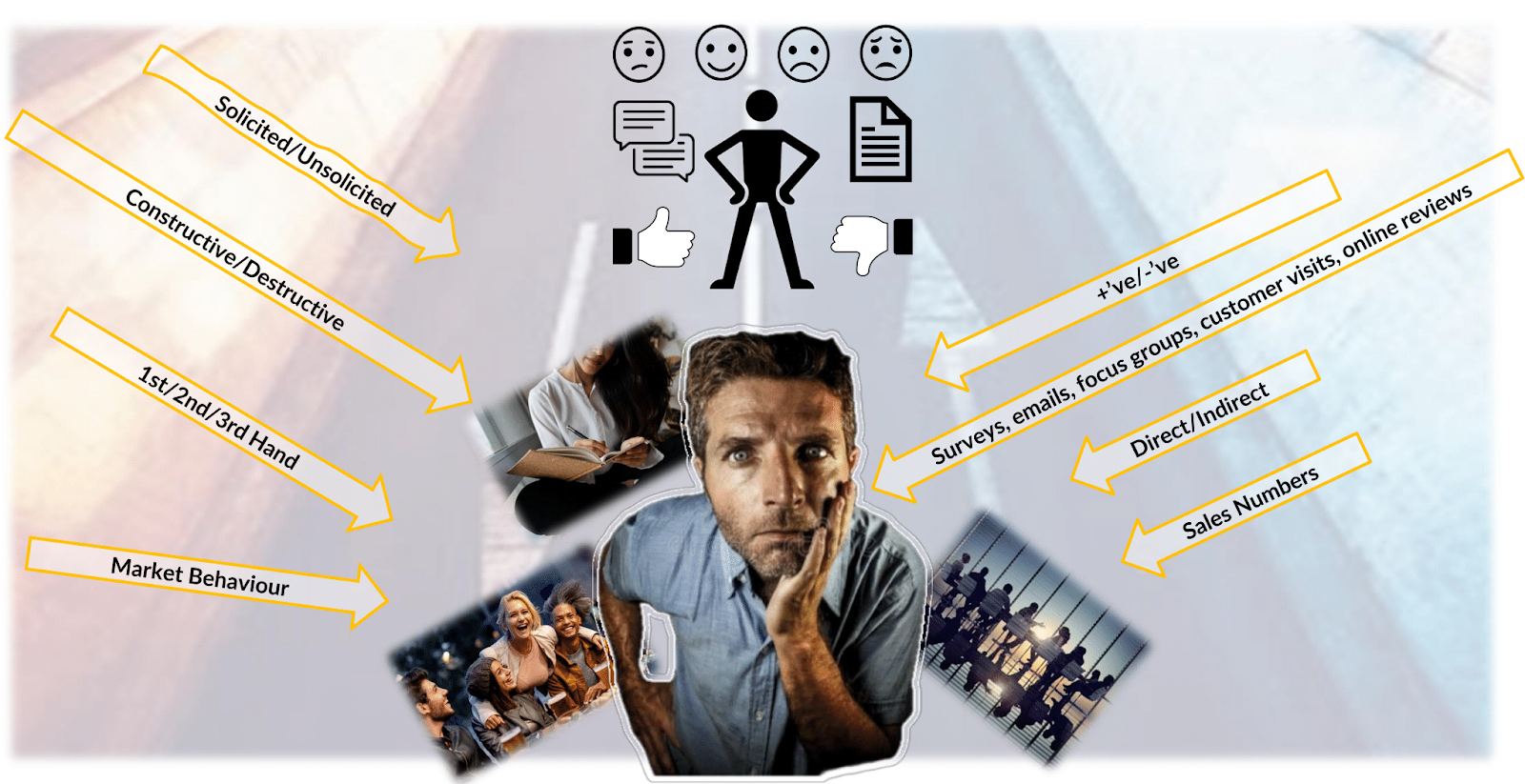
Coming back to my dinner story, it shows the importance of interpreting feedback properly. Although I lied and said the food was good, my then-girlfriend didn’t pick up on my nonverbal feedback.
Customers often do the same; they feel awkward and give false positive feedback. If we don’t pick that up, we can head down the wrong path, like the girl’s mom did. She kept serving the same food because she didn’t read my lack of enthusiasm and thought I loved it. There’s only so much overcooked salmon and fried Brussels sprouts one person can eat!
This shows that properly receiving feedback matters as much as giving good feedback.
Today, I won’t discuss how to create feedback surveys or solicit feedback – we can all google those basics. Instead, I’ll share my 17+ years of experience parsing complex feedback to determine smart next actions. I’ll also run through a case study.
My goal is for you to develop a mental model that will allow you to dig deeper into the feedback you receive and action it properly.
The complex dynamics of customer feedback
A bit about myself - I'm a reformed engineer with degrees in computer and biomedical engineering. I’ve worked in the medical device industry for over 17 years in various roles like sales, marketing, product management, and product marketing from global to regional to local levels.
I'm an innovation nerd – I love seeing technology progress, especially when something disrupts familiar markets. I both give and receive a lot of what people call “disruptive feedback” in my job and personal life.
My thinking on feedback and customer behavior stems from my career in medical technology. When things are going well, you generally don’t hear anything. If they’re going really well, you might get some slightly positive feedback. But when things go bad, they go really bad and you definitely hear about it.
When I started my first job as a sales rep at a surgical company, I spent three weeks shadowing seasoned reps and meeting customers. Then I went to my first conference. It was awesome as a fresh college grad: free drinks, free food. Life was great that Friday night – until I got an angry call from an operating theater manager.
She went ballistic. She yelled about how I’d ruined her life and patients’ lives, our products were crap, and she’d never order from us again. She was screaming so loud that everyone around me could hear her rant. I was like, “What’s happening here?” - I’d only been working there for a few weeks! Turns out it was over a simple backorder issue – the product itself was fine.
The reps around me (who overheard this whole conversation because she was yelling so loud) explained what was going on. The backorder issue meant that, although the hospital had enough of the product to keep them going, the surgeon would be mad about not having a stockpile for future procedures. He’d likely yell at the theater manager, and she was taking that out on me.
That incident really helped me grasp the complex dynamics behind customer feedback. There are so many factors that impact the feedback signals we receive as sales reps, product marketers, or product managers. Feedback rarely exists in a vacuum and shouldn’t necessarily be taken at face value.
Think back to the last time you wrote a negative review or gave bad feedback. Was emotion involved – maybe anger at an exceptionally bad experience? Were you having a bad day in general? What was your knowledge level on the subject? What was your goal in providing feedback?
For instance, I wrote an angry review recently when a restaurant put the wrong sauce on my steak and, when I pointed out their mistake, just scraped it off and put on a different sauce. My goal was just to vent.
Similarly, I wrote a glowing review for my mechanic not so long ago, even though I don’t know much about cars and had no idea what they actually did.
How to filter out the noise
Often, the feedback we hear is more noise than pure signal. It’s being muddled with market dynamics, the customer’s history with your company, emotions, confusion, competitors, loyalty, and more in the mix.
We need to sort all that into two main buckets:
- The actionable piece – after all, people expect some response when they provide feedback.
- Everything else – retain it, build on it, and use it to inform future feedback analysis – like machine learning where your brain is the machine.
If you’re aiming for market leadership, taking feedback at face value just won’t cut it. So, we’re going to explore a model for separating actionable feedback from the noise. This isn’t a physical model you can plug into Excel or your CRM (customer relationship management) platform; it needs the human touch. It’s based entirely on experience – specifically experience related to your core business.
So what does this model involve?
Let’s take a look.
Step one: Understand your product
First, you need to know your products and services inside and out – not just features and benefits but their gaps, positioning, and how they fit in the market. This is essential because without understanding your offerings, you can’t use the feedback you receive to identify gaps.
To drive success with this model, it’s key to map the feedback you receive to the stage that the product’s at in its lifecycle. Is it a young product that you’re still tweaking? Are you enhancing a more mature offering to spur growth? Or are you thinking about sunsetting this product?
Step two: Understand your customers and stakeholders
Next, you need to make sure you understand your customers and stakeholders and their roles throughout the customer journey. That way, you’ll know if you’re getting feedback from the right people.
For example, there are a couple of streaming services my three-year-old watches. They’re clunky and annoying and I hate them. However, it’s my three-year-old’s opinion that matters here, not mine – as long as the kid loves these platforms, I’ll keep paying for them.
Each stakeholder likely has multiple personas. Your job is to understand how they fit into workflows, pain points, and customer journeys, or you won’t get how your product fits in. Without walking in their shoes mentally, you won’t grasp the deeper meaning of their feedback.
And don’t forget to check out the history of the customer or stakeholder you’re dealing with, whether that’s via your CRM platform, colleagues, or the customers themselves.
Step three: Keep an eye on market dynamics
Markets rarely stay static. To make sense of the feedback you receive, it’s also vital to track market dynamics. This includes understanding how different stakeholders interact with each other, how they collaborate with your competitors, and how they work with you.
By understanding all these moving parts, you'll be able to make more informed decisions about how to action the feedback you receive.
Step four: Understand the competition
Finally, you need to understand your competition. This means knowing their products or services, pricing, behavior in the market, performance, and overall strategy. By understanding your competition, you'll be able to better interpret customer feedback, which may be influenced by what they offer.
Step five: Identify actionable feedback
Once you've run all this information through your new mental model, you’ll be able to identify precious nuggets of actionable feedback. All the other “noise” can then be used to build your experience and knowledge to prepare you for the next piece of feedback you receive.
This model can help you avoid any misunderstandings when it comes to receiving feedback. It ensures that you don't get sidetracked by things that aren't as important, like competitor intel or less pressing priorities. Plus, it helps you avoid making any knee-jerk reactions that might miss the bigger picture.
It can highlight misunderstandings, portfolio gaps tied to product lifecycle stages, pain points to address, and unknowns to update your knowledge. Plus, it helps with innovation and idea formation.
Most importantly, it can help you evolve as a product marketer over time through accumulated experiences.
Sometimes feedback can be tough to take, but this framework makes it easier to understand both positive and negative feedback, whether you're giving or receiving it. It's a great tool to have in your back pocket.
Case study
To illustrate how invaluable this model for parsing feedback can be, I’m going to share a case study.
First, a quick background on the company this case study concerns. It's a global medical device firm focused on one therapy area. They pride themselves on their innovative offerings and charge a premium for them. Their goal is to grow their revenue and market share.
Now, let’s run through our framework.
The product: The company’s main product is a small medical device worn by patients, who hate wearing it but need it to improve their quality of life. It's reimbursed by insurance and is late in its lifecycle, though still useful.
Customer and stakeholders: Customers are medical equipment providers who supply the devices to patients and partners. So key stakeholders are patients, partners, providers, and insurers.
Competitors: Their main competitor offers a product that’s on the cheaper side but works well enough. They sell a range of products, so it’s hard to pin down the profit margins on their competing product.
Market dynamics: These include dropping reimbursement rates per device, stricter compliance rules to get paid by insurance, more patient scrutiny as they pay higher premiums and copays themselves, plus more tech-savvy patients.
I spent about nine months traveling the world to gather customer feedback and figure out the next steps for this product and this company. I’m going to share three stories from that experience.
Cat Man
Our first story is about “Cat Man” (this is a true story, I swear!). Cat Man was a doctor overseas. We met in his dungeon-like respiratory clinic, which had three huge cats, the size of beagles, roaming around in it. One of them jumped in my lap, one on his desk, another on the patient exam bed.
"Don't worry, they're domesticated," he says.
He rants about how confusing and hard our product is to use compared to our competitor's. He then segues into a tragic tale – 15 years ago his wife conned him out of all his money and left him homeless. He asked our company for free products and cash for a new clinic. We refused, but the competitor helped restart his business.
So, if you take his feedback at face value, our product wasn’t very user-friendly and we needed more helpful business practices. However, once you start to scratch the surface of his story, what emerges is that the competitor bought his loyalty by rescuing him financially. We weren't going to compromise our ethics to play his game, so his feedback, while interesting, didn’t matter much strategically.
Rich Poor Man
The next customer I met was a health equipment provider, who I like to call the "Rich Poor Man." Despite constantly complaining about not making money and being unable to afford staff – which meant he had to do everything himself – he couldn’t stop talking about his Maserati. Oddly enough, though he was a bit eccentric, his feedback was incredibly valuable.
One peculiar thing about him was the 25 laptops on his desk, all filled with SD cards from patients. This was his way of collecting compliance data, which he needed for insurance claims.
He complained, "I'm stretched thin. I don't have time to hire someone, nor can I afford it. I’m struggling to see new patients, and insurance payouts are decreasing. I have to prove compliance, but it's getting tougher. My patient numbers are dropping. Your products are too expensive, I'm not making any money, and I need to see more patients in less time to grow my business.”
If we were to take his feedback at face value, it would be that we needed to provide cheaper solutions and wave a magic wand to save his business.
However, there was a true and actionable nugget of feedback to be gleaned: we needed a more efficient solution for monitoring current patients. If we could achieve that, he'd be able to see new patients.
Patients need to stay compliant, so managing by exception is crucial. This means if someone is struggling early on, equipment providers need to proactively reach out and address the issue to help them remain compliant.
Gerta
Coincidentally, we visited one of Rich Poor Man’s struggling patients, Gerta. She kept telling us how much she hated Wi-Fi – even though our products don't use Wi-Fi. She also shared how much she disliked public transport and the hassle of traveling.
She only used our product for a week before encountering several problems. Due to Rich Poor Man's time constraints, he couldn't address her issues over the phone, and she was reluctant to travel even 20 minutes for a refit. To add to her woes, her dog was dealing with an infected scrotum – yes, a true story.
On the surface, it seemed like our product just wasn’t for her. We couldn't do much about her travel issues, and her feedback on Wi-Fi was irrelevant to our products.
However, we did learn about the importance of early assistance to ensure patient compliance and long-term use. Our patients, especially the older ones, needed something ready to use right out of the box, with no complicated setups. We also needed a way to remotely assist patients
Was this feedback useful? Absolutely.
We developed remote patient monitoring to identify early issues, with compliance tracked automatically and online. This innovation also meant that Rich Poor Man didn’t need dozens of laptops cluttering his desk, as everything was sent directly to insurance companies so he could get paid straight away.
Plus, we introduced a box-ready technology that required no setup and included a SIM card for immediate cloud connectivity. Contrary to Cat Man’s suggestions, we actually raised our sale price and introduced a subscription model to cover the software costs.
The result? Our revenue soared, our market share jumped by 35%, and our share price skyrocketed.
Time to embrace feedback
In summary, feedback can be both confronting and confusing – much like the awful food I had to eat for months on end until my then-girlfriend and I broke up.
To harness it effectively, you need to know stuff. You need a deep understanding of your business, your competitors, market dynamics, your products, and most importantly, your customers.
When you receive feedback, it's crucial to engage in deep thinking. Run this feedback through your mental model and continually refine and update that model. This process involves untangling complex information, understanding, planning accordingly, and then moving forward with purpose.
History is littered with companies that failed to process feedback effectively. Consider the fate of once-dominant players like BlackBerry, Kodak, Blockbuster, and MySpace.
So, my advice is to keep flirting with feedback. Now you’ve got the tools to make your move and not get rejected.


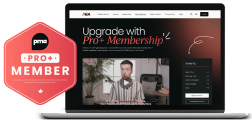


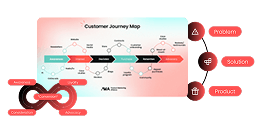



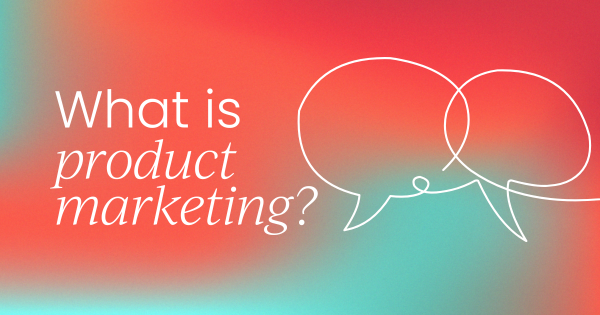
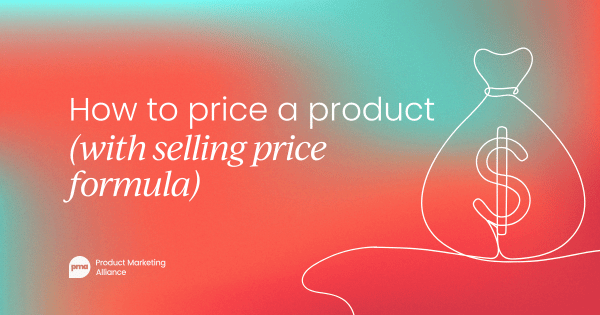
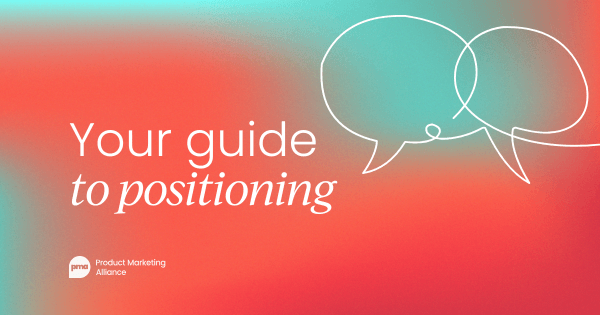
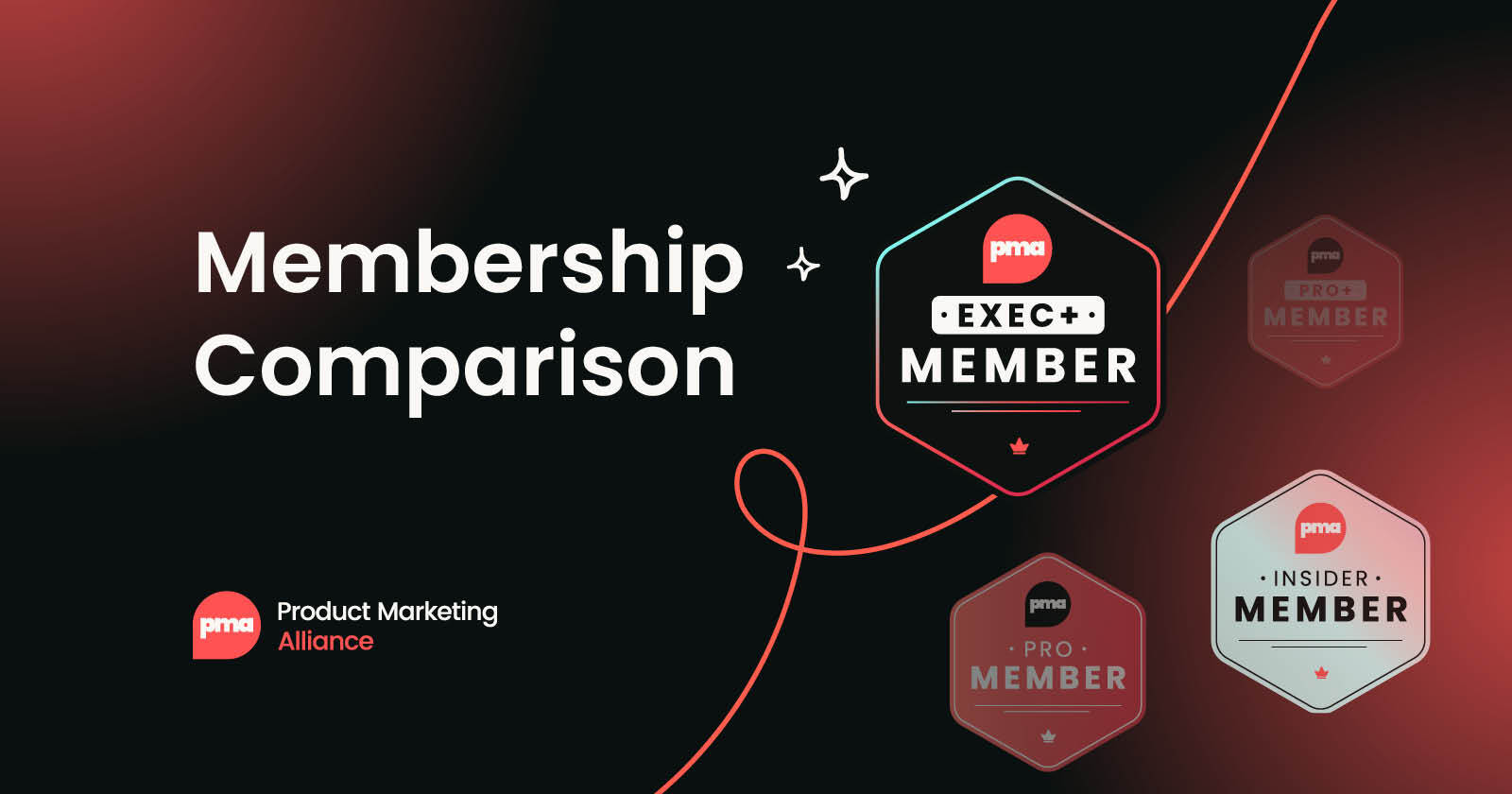
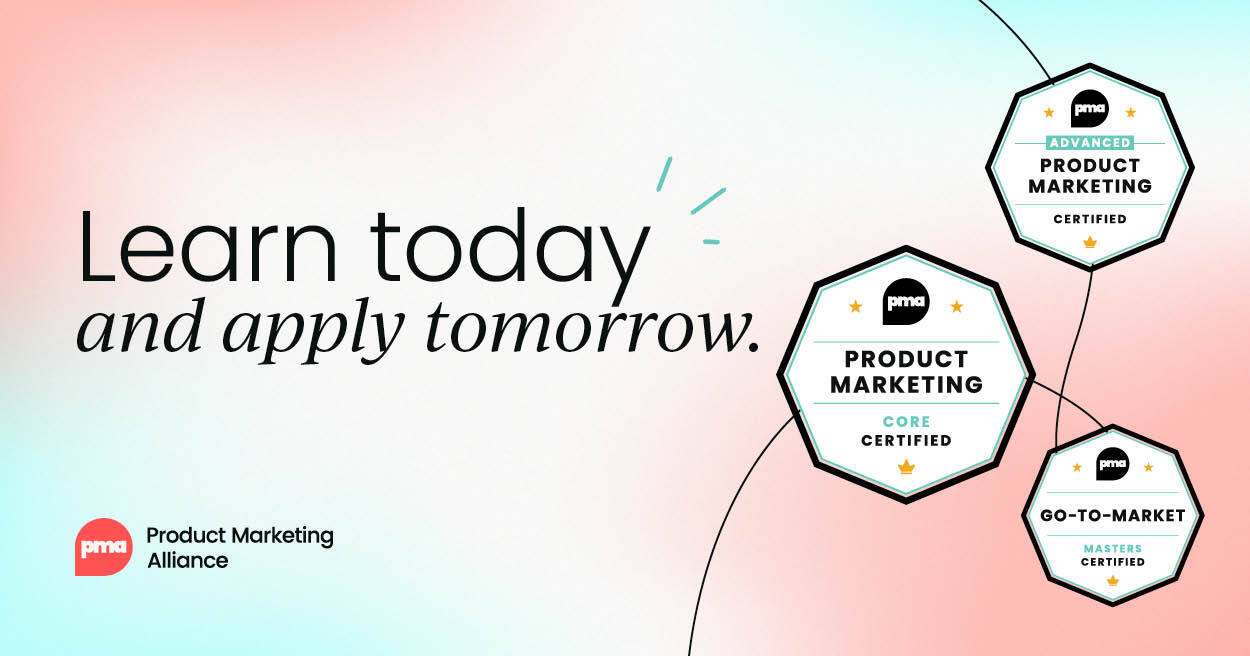
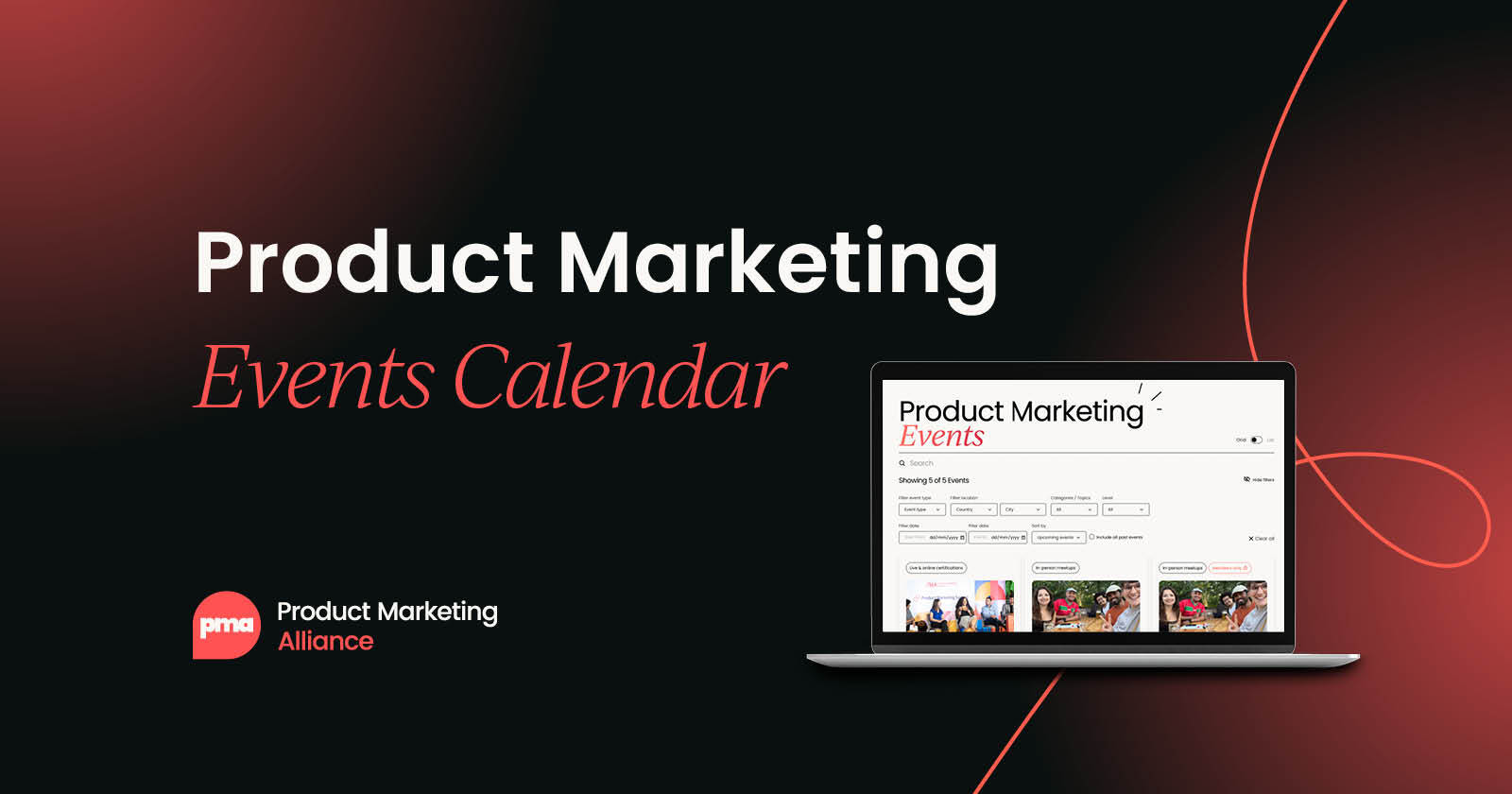
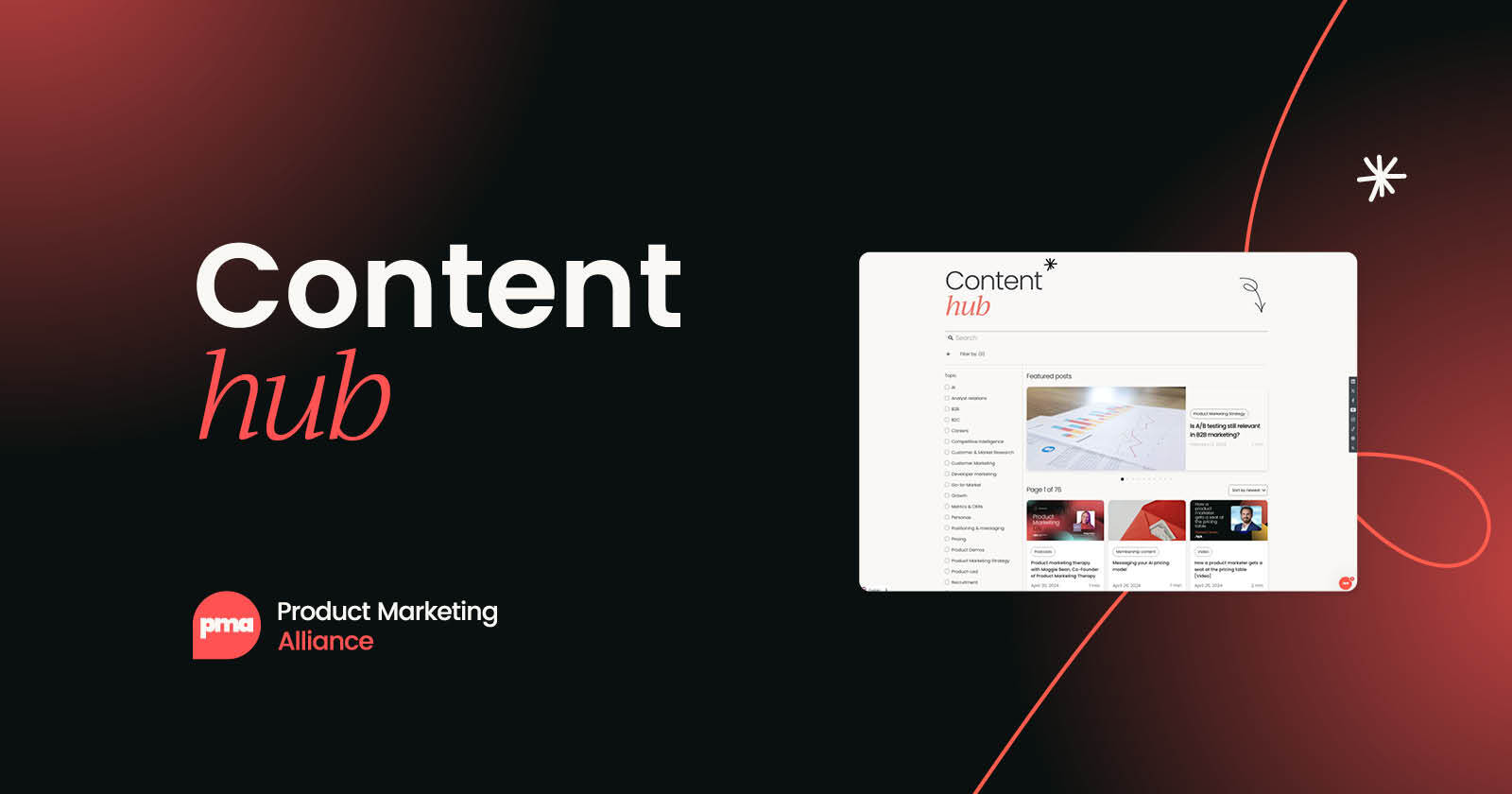

 Follow us on LinkedIn
Follow us on LinkedIn




.svg)
Start the conversation
Become a member of Product Marketing Alliance to start commenting.
Sign up now